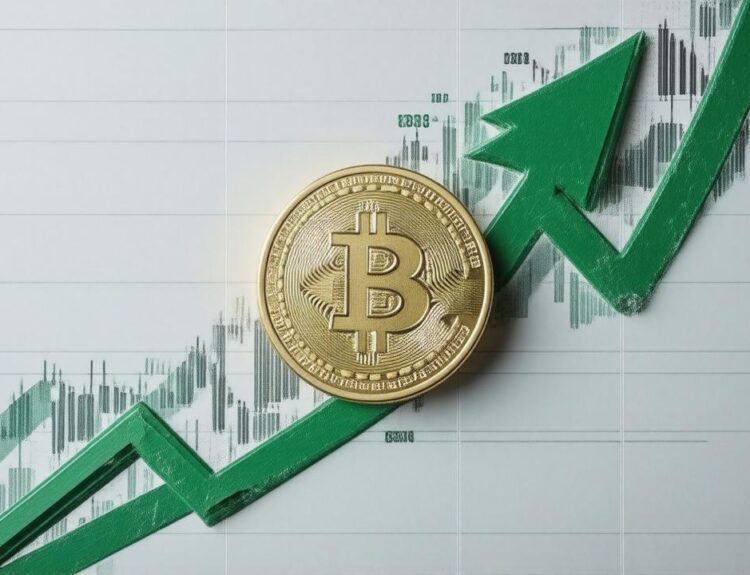Cardano Price Remains Stable Despite Crossing 110 Million Transaction Milestone
The price of Cardano (ADA) remained in a tight range on Tuesday, June 3, following the layer-1 blockchain network’s achievement of surpassing 110 million transactions since its inception. ADA was trading at $0.6920, reflecting a 20% decline from its highest level in May and hovering near its lowest level since May 8.
Growing Transaction Volume Signals Increased Network Activity
On-chain data reveals that Cardano processed over 31,000 transactions on Monday, a noticeable increase from 27,000 transactions the previous day. This uptick in activity suggests that the network is gradually becoming more active, which is typically viewed as a positive indicator for long-term growth.
Additionally, data shows that the number of Cardano holders has grown steadily. As of June, the number of ADA holders reached 4.49 million, compared to 4.46 million in May and 4.4 million in January. This trend underscores the increasing interest in the network among investors and users.
Daily Active Addresses Show Mixed Trends
Cardano’s daily active address count surged to over 60,000 in May before moderating to around 30,000 in recent days. These fluctuations suggest that user interest is rising ahead of upcoming events, such as the NIGHT and DUSK airdrops. However, the network still faces challenges in competing with other layer-1 and layer-2 blockchain platforms.
Comparison with Other Blockchain Networks
Despite reaching the 110 million transaction milestone, Cardano trails behind newer blockchain networks in terms of transaction volume. For example, the recently launched Unichain has already processed 73.4 million transactions, while Berachain has handled 117 million transactions in the past year.
Cardano also lags behind its competitors in decentralized exchange (DEX) activity. Over the past 30 days, Cardano-based DEX protocols processed approximately $109.3 million in trading volume. In comparison, Unichain and Sonic processed $12 billion and $3.9 billion, respectively, during the same period.
Cardano Price Technical Analysis
A closer look at ADA’s daily price chart highlights a significant decline over the past few weeks. The drop followed the formation of a double-top pattern at $0.8405, with the price subsequently falling below the neckline at $0.7110 on May 19.
Furthermore, ADA’s chart shows a death cross pattern, where the 50-day and 200-day moving averages have crossed. This formation is typically considered a bearish signal, indicating potential further price declines.
Bearish Flag Pattern and Key Support Levels
Cardano has also developed a bearish flag chart pattern, characterized by a vertical decline followed by a consolidation phase. Based on this formation, ADA may break lower in the near term, potentially retesting the key support level at $0.5100, which marked its lowest point in April.
Investors should monitor these technical indicators closely, as they may provide insights into ADA’s price trajectory in the coming weeks.
Key Takeaways for Cardano Traders
For traders and investors interested in Cardano, here are a few points to consider:
- Monitor Transaction Volume: Increasing network activity often reflects growing user adoption.
- Evaluate Competitor Performance: Compare Cardano’s metrics with other blockchain networks to gauge its competitive position.
- Pay Attention to Technical Indicators: Patterns such as the death cross and bearish flag can signal potential price movements.
- Watch for Upcoming Events: Airdrops and network upgrades may drive temporary increases in user engagement.
As the cryptocurrency market remains volatile, staying informed about Cardano’s developments and technical signals can help investors make better decisions in this dynamic space.























